Butter Basted Sirloin Filet with Coffee Chili Rub
We may earn a commission from recommended products, at no extra cost to you. See Disclosure.
- Cast iron pan
- Chef's knife
INGREDIENTS
- 10 ounces/285 grams sirloin filet
- 2 garlic heads, halved
- 4 tablespoons butter
- Fresh thyme sprigs
Seasoning mix:
- 2 tablespoons ground coffee
- 2 tablespoons ancho chili powder
- 1 tablespoon chipotle powder
- 2 teaspoons ground cumin
- 2 teaspoons ground coriander
- 1 teaspoon garlic powder
- 1 teaspoon onion powder
- 1 teaspoon salt
INSTRUCTIONS
- In a small bowl, mix the coffee, chili powders, cumin, coriander, garlic powder, onion powder, and salt. Rub the mixture generously over the steak, pressing it into the surface.
- Heat a large skillet over medium-high heat. Once hot, add the steak and sear until deeply browned, about 5 minutes per side.
- Reduce the heat to medium. Add the butter and garlic halves to the pan, letting the butter melt and foam. Place the thyme sprigs on top of the steak. Using a spoon, continuously baste the steak with the melted butter for about 2 minutes, or until it reaches your desired doneness (125°F for medium-rare).
- Transfer the steak to a cutting board and let it rest for 5 minutes. Slice against the grain and serve with any remaining pan juices.
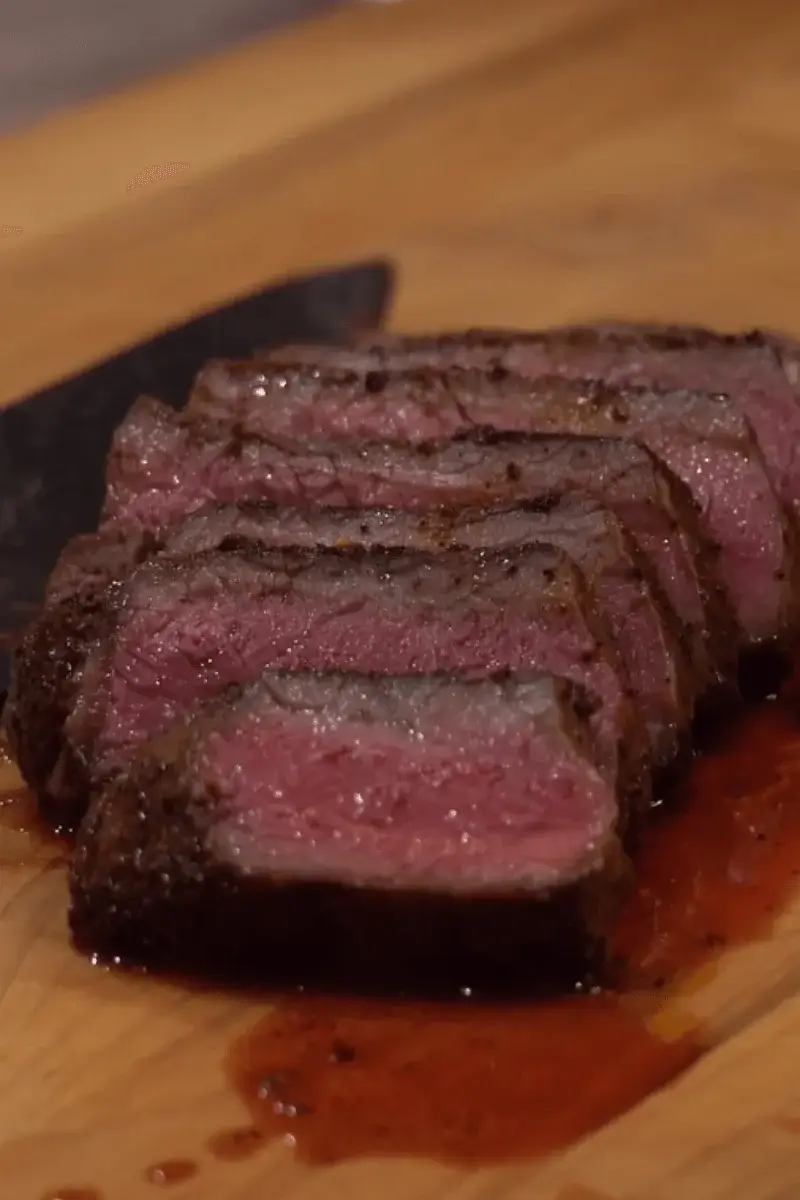
FAQ
What makes sirloin filet different from other cuts of steak?
Sirloin filet is cut from the center of the top sirloin, making it a lean yet flavorful steak. It has more marbling than a tenderloin filet, giving it a richer taste, while still being almost as tender. Unlike a ribeye or New York strip, it contains less fat, making it a leaner choice without sacrificing texture. It is also more affordable than premium cuts like filet mignon, making it a great alternative for a high-quality steak at a lower price. Because of its leanness, proper cooking methods like butter basting and resting are essential to maximize tenderness and juiciness.
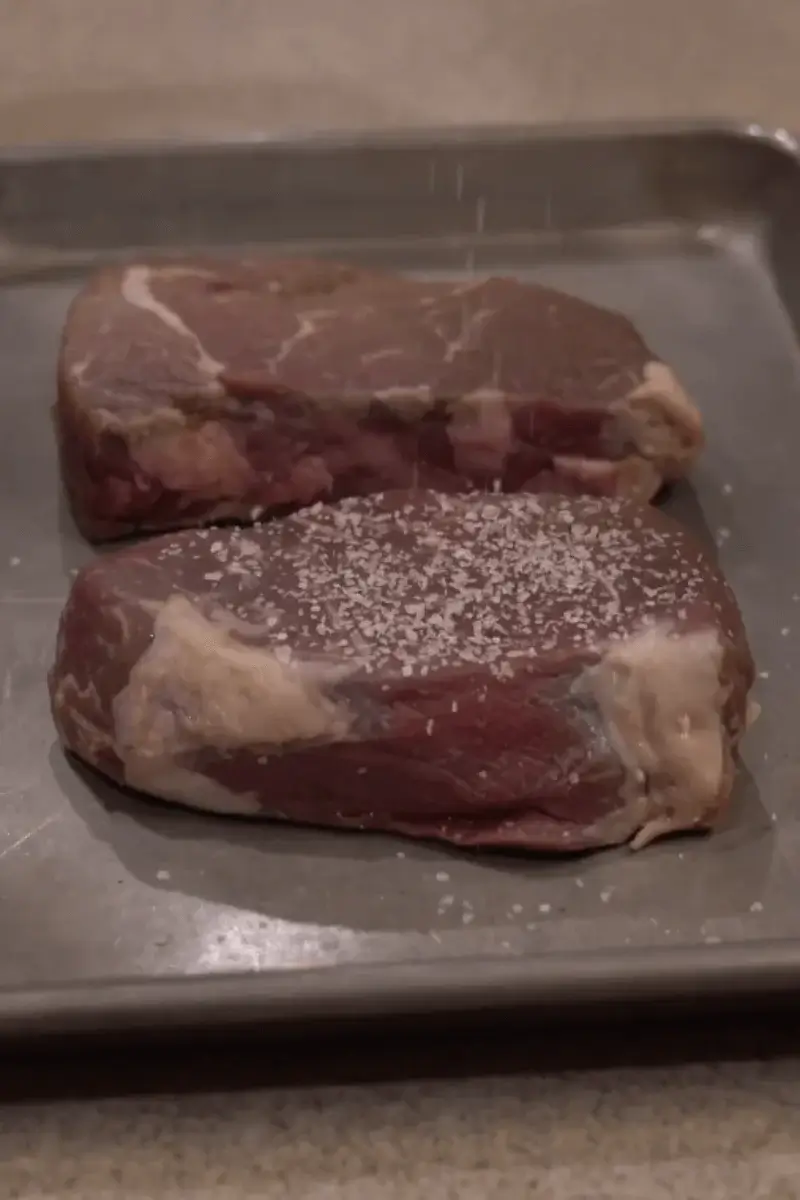
How the coffee chili rub enhances the flavor of the sirloin filet
The coffee chili rub creates a complex, smoky crust that enhances the sirloin filet steak’s natural beefiness. Coffee grounds add a slightly bitter, earthy depth, complementing the rich, umami flavors of the meat. Ancho and chipotle chili powders provide a smoky, slightly spicy element, while cumin and coriander add warmth and fragrance. The rub helps with caramelization during searing, creating a flavorful crust through the Maillard reaction. Additionally, applying the rub in advance allows it to act as a dry brine, drawing out and redistributing moisture, ensuring deep seasoning and better texture throughout the sirloin filet.
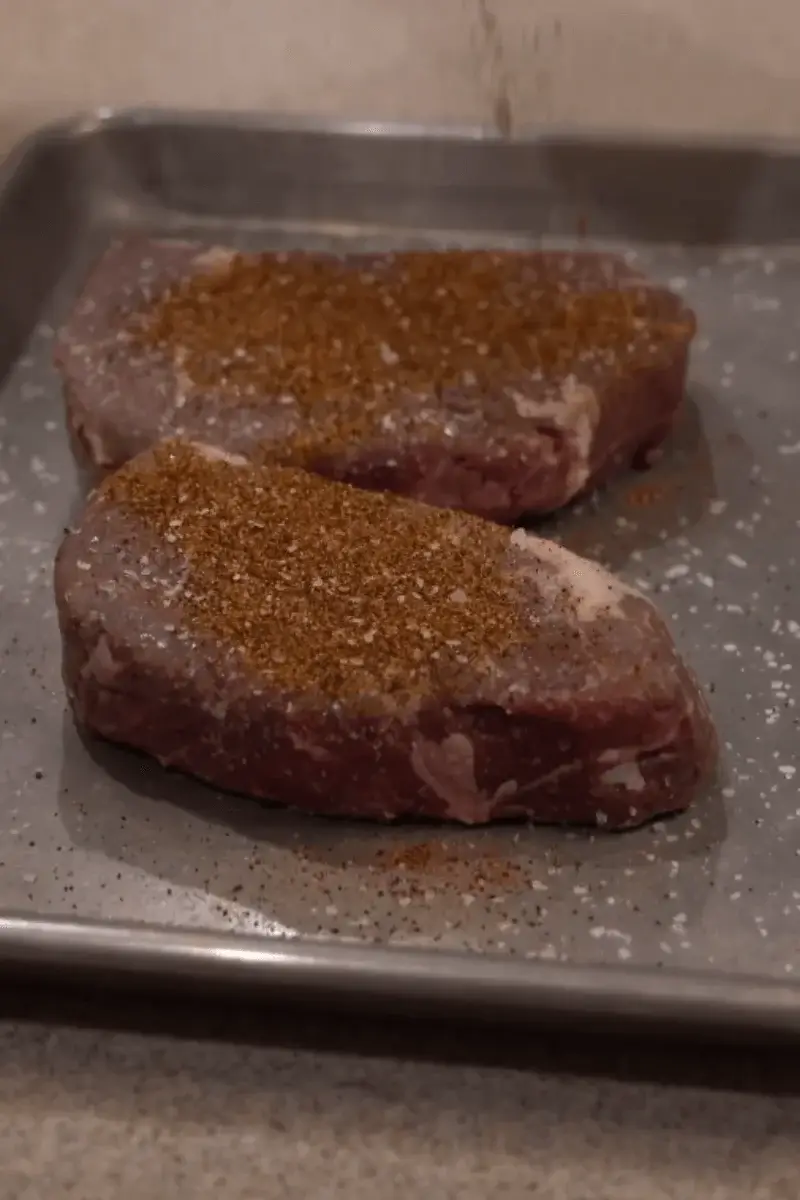
Can I cook this sirloin filet without a cast iron skillet?
You can use other types of pans, but the key is using one that retains heat well. A stainless steel pan is the best alternative, as it heats evenly and can produce a great crust. Carbon steel pans work similarly to cast iron, making them another good choice. If using a nonstick pan, keep in mind that it won’t allow for the same level of browning. Another option is grilling—start with high, direct heat to sear the surface, then move the sirloin filet to indirect heat to finish cooking. The goal is to achieve a deep, even sear.
Best way to achieve a perfect sear on the sirloin filet
For a great sear, start by patting the sirloin filet dry to remove surface moisture. Heat a cast iron or stainless steel pan over medium-high to high heat until very hot. Add a high smoke point oil like canola, avocado, or grapeseed oil. Place the steak in the pan and don’t move it for at least 3–5 minutes to allow a crust to form. Flip and sear the other side. In the final minutes, add butter, garlic, and thyme, basting continuously. Searing at high heat and basting ensures a flavorful, caramelized crust while keeping the interior tender.
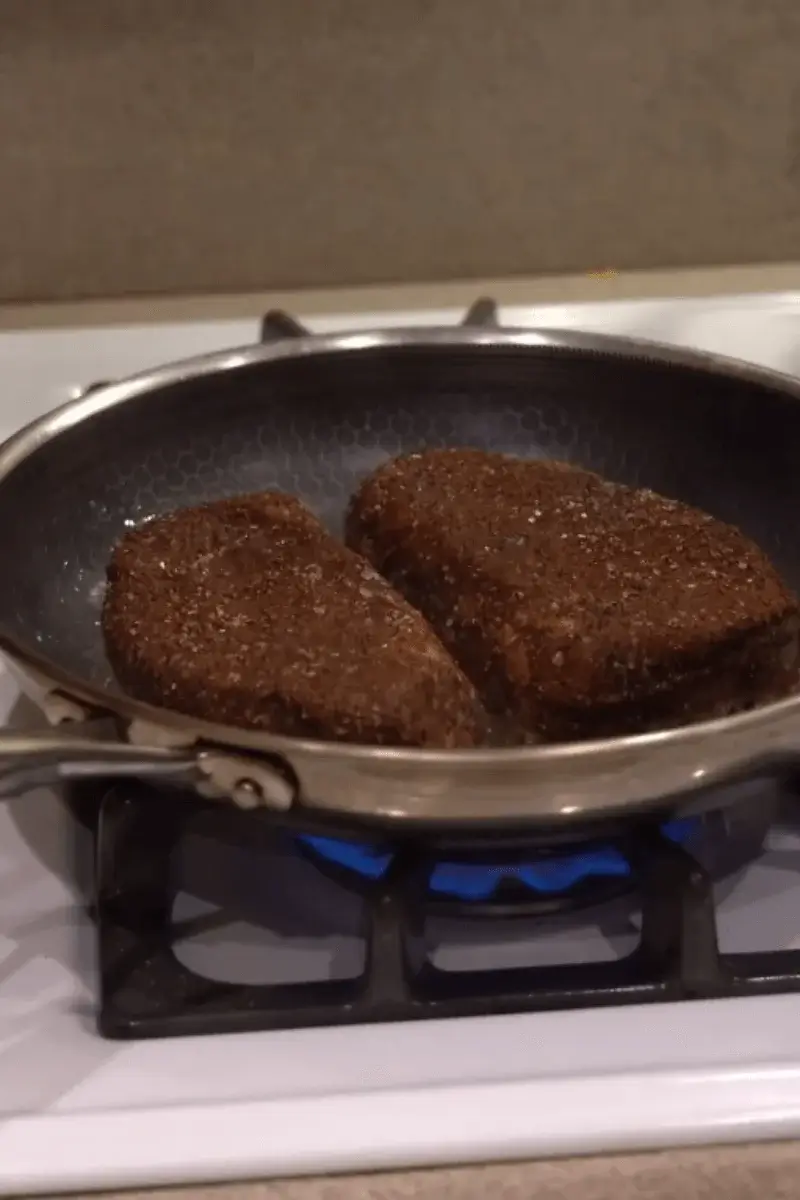
How do I know when the sirloin filet is done cooking?
The best way to determine doneness is by using a meat thermometer. A sirloin filet should be 125°F (52°C) for rare, 130°F (54°C) for medium-rare, 140°F (60°C) for medium, 150°F (66°C) for medium-well, and 160°F (71°C) for well-done. Remove the sirloin filet 5°F (3°C) below your target temperature, as it will continue to cook while resting. If you don’t have a thermometer, use the finger test—a rare steak feels soft, while a well-done steak feels firm. Resting after cooking ensures juices redistribute, keeping the steak moist and tender.
Can I substitute a different cut of steak for this recipe?
You can substitute other cuts depending on your preference. Tenderloin filet is the closest in shape and tenderness but has a milder flavor. Ribeye offers more marbling and richness but is fattier. New York strip has a firmer texture but good beef flavor. Flat iron steak is a budget-friendly alternative with decent marbling and tenderness. If using top round or flank steak, which are leaner, be sure to baste with butter or marinate in advance to retain moisture. Each cut requires slight cooking adjustments, but all can work with this seasoning and basting method.
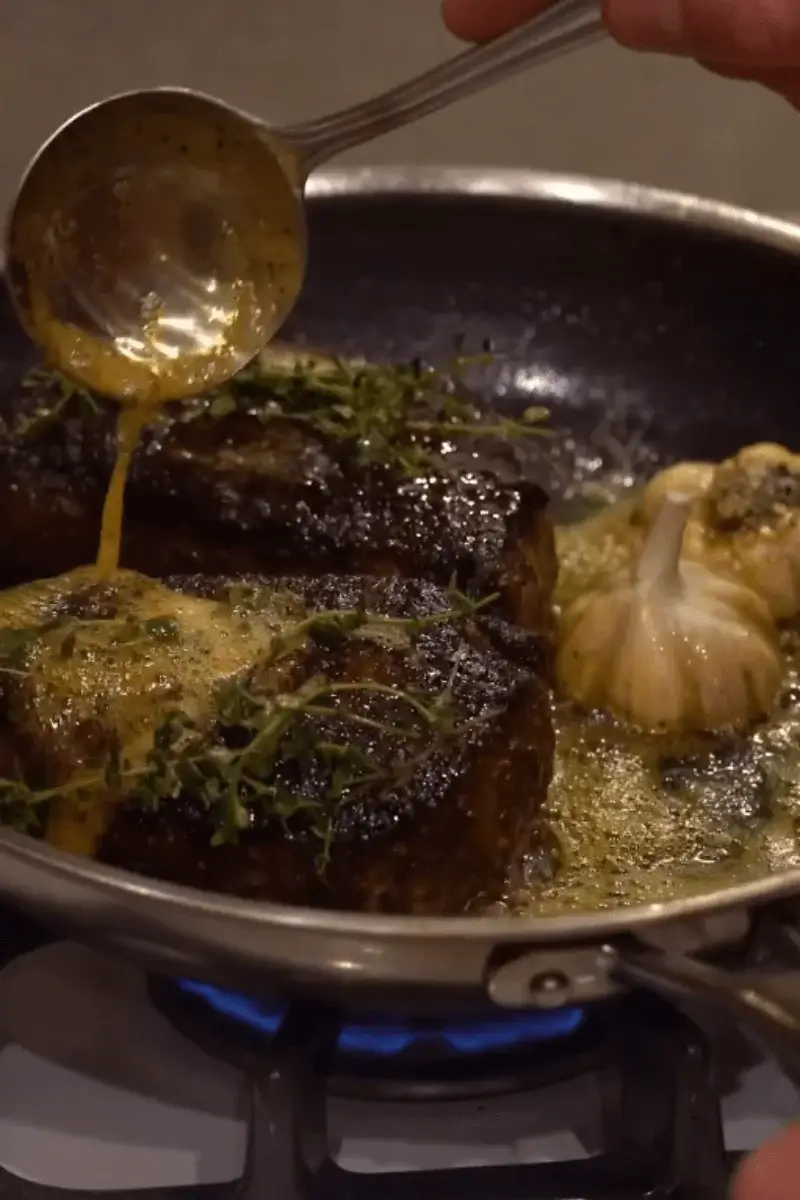
What side dishes pair well with this sirloin filet?
This sirloin filet pairs well with a variety of sides that complement its rich flavor. Roasted or mashed potatoes provide a creamy, hearty contrast. Grilled or roasted vegetables, such as Brussels sprouts, asparagus, or carrots, add a slightly sweet, charred element. Creamed spinach, sautéed mushrooms, or caramelized onions bring depth and umami. For a lighter option, a fresh arugula salad with lemon vinaigrette balances the dish. If serving with a sauce, consider a red wine reduction, chimichurri, or peppercorn sauce. These pairings enhance the steak’s flavor without overpowering it, creating a balanced meal.
Is it necessary to baste the sirloin filet with butter?
Basting with butter is not required, but it significantly enhances flavor and moisture. Butter contains milk solids that brown quickly, adding a nutty, rich taste. When combined with garlic and thyme, it infuses the sirloin filet with aromatic depth. Basting also cooks the steak more evenly, especially for thicker cuts, by distributing heat across the surface. If you prefer a leaner preparation, you can skip the butter, but the steak may have less richness and complexity. Without basting, achieving the same depth of flavor relies entirely on seasoning and high-heat searing.

